Conifer companion plants
firefightergardener
15 years ago
Related Stories
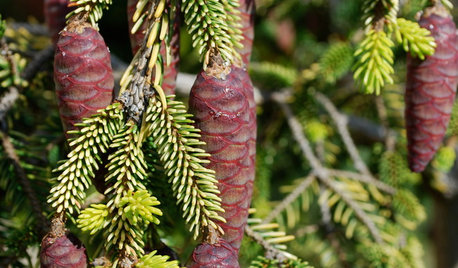
GARDENING GUIDESGreat Design Plant: Skylands Oriental Spruce, a Favorite Conifer
Brighten up a drab corner of your garden with Picea orientalis ‘Skylands’, a smaller spruce that a bird family might just call home
Full Story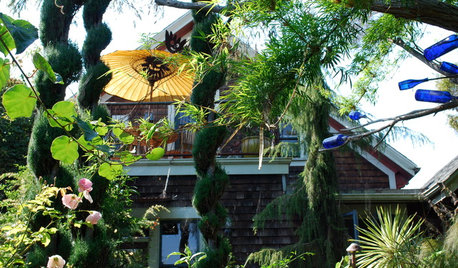
PLANTING IDEASDesigning With Conifers: How to Unite Your Landscape
Create a landscape full of intrigue and artistry with the right placement of conifers and their supporting players
Full Story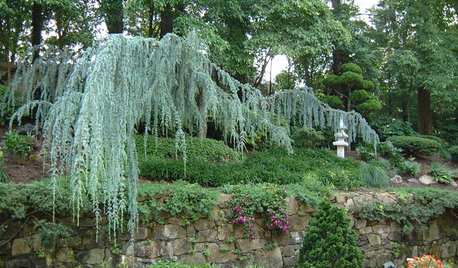
PLANTING IDEASDesigning With Conifers: Exploring Color
Colorful, structural and adaptable, conifers are waiting to transform your garden
Full Story
PLANTING IDEASStretch the Budget, Seasons and Style: Add Conifers to Your Containers
Small, low-maintenance conifers are a boon for mixed containers — and you can transplant them to your garden when they’ve outgrown the pot
Full Story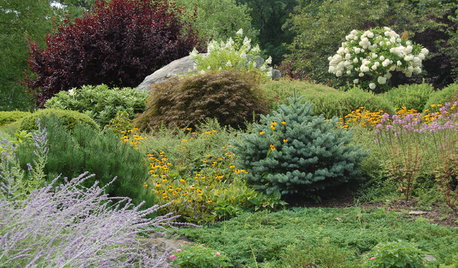
GARDENING GUIDESDesigning With Conifers: Finding the Right Garden Bedmates
In gardening, building on commonalities creates an enduring relationship
Full Story
EDIBLE GARDENSGarden BFFs? Why Your Vegetables Are Begging for Companion Plants
Foster friendships among plants for protection from pests, pollination support and color camaraderie
Full Story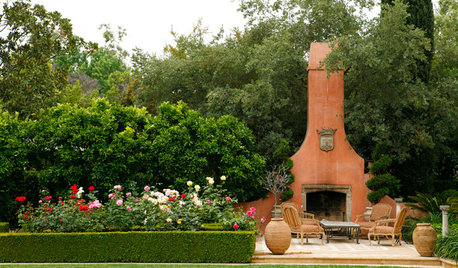
LANDSCAPE DESIGNMake Your Roses Even More Beautiful With These Companion Plants
Nourish your rosebushes and create a visual feast with these 7 classic and unexpected plant pairings
Full Story
GARDENING GUIDESDesigning With Conifers: Find the Perfect Fit for Your Landscape
Conifers range from fairy-garden size to 70 feet tall. Here’s how to decifer the plant tag for the perfect long-term fit in your garden
Full Story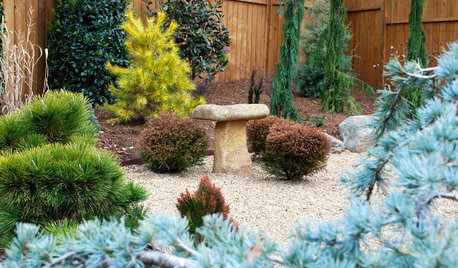
PLANTING IDEASDesigning With Conifers: Personality and Form in the Garden
Unique and full of interest, well-shaped conifers await a place your yard
Full Story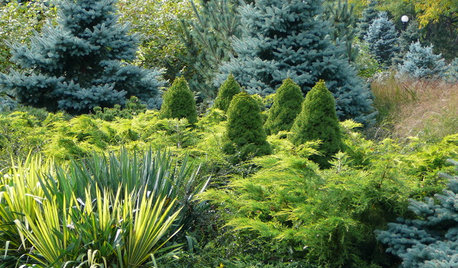
PLANTING IDEASDesigning With Conifers: Layers of Texture for Your Garden
Sharp and prickly or fine like ferns, richly textured conifers bring unexpected interest to the landscape
Full Story






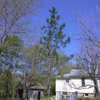
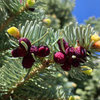
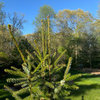

dansgrdn
dcsteg
Related Professionals
Windham Landscape Architects & Landscape Designers · Benbrook Landscape Architects & Landscape Designers · Essex Landscape Architects & Landscape Designers · Norton Shores Landscape Architects & Landscape Designers · Southfield Landscape Architects & Landscape Designers · Vernon Hills Landscape Architects & Landscape Designers · Buford Landscape Contractors · Gainesville Landscape Contractors · El Mirage Landscape Contractors · Fairview Landscape Contractors · Fort Atkinson Landscape Contractors · Middleton Landscape Contractors · Nashua Landscape Contractors · Peachtree City Landscape Contractors · San Pedro Landscape Contractorskim_dirtdigger
kim_dirtdigger
Embothrium
firefightergardenerOriginal Author
firefightergardenerOriginal Author
tunilla
firefightergardenerOriginal Author
Embothrium
tunilla
kaitain4
Embothrium
firefightergardenerOriginal Author
kim_dirtdigger
dansgrdn
kaitain4
dansgrdn
kaitain4
gardengal48 (PNW Z8/9)
dansgrdn
kaitain4
stevemy
kaitain4
tunilla
karinl
firefightergardenerOriginal Author
kaitain4